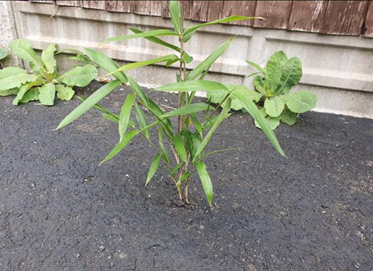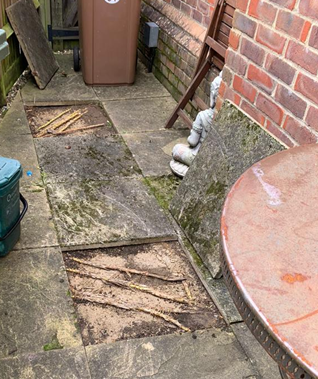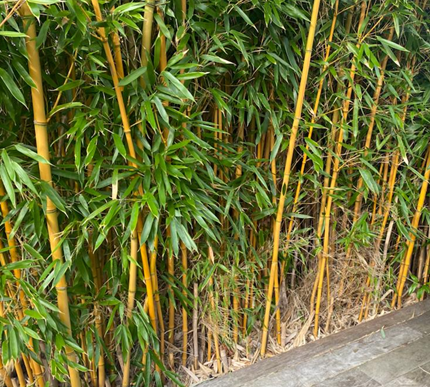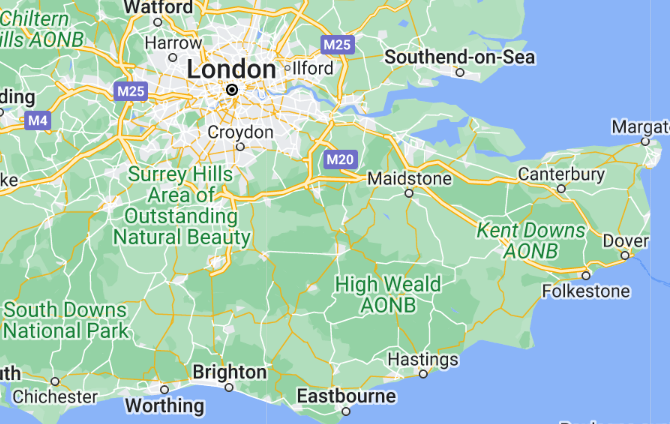Bamboo
Running Bamboo
These are the types of bamboo that are spread through the growth of long horizontal roots called rhizomes.
Running bamboo can be contained if carried out correctly with the right membrane or pot.
Running bamboo has no boundaries at all. It has been known to grow underneath paving slabs and cause damage to patio areas.
Runners can begin new growth far from the parent plant, so not always in close contact with main crown of plant.
Running Bamboo is more distructive than Clumping bamboo due to the uncertainty of where or how far the rhizome will venture next.



Clumping Bamboo
Clumping bamboos have a very short rhizome structure, and are less likely to expand by more than few inches each year, they will generally form discrete round clumps. The clumps slowly enlarge as new crowns emerge each year, but may even expand to anywhere from a 3 to 10 ft. in diameter (or more, especially for taller types) in order to reach their mature height. The dense root system can put immense pressure on structures in short proximity, therefore we recommend that clumping bamboo is to be planted at some distance from fences, pavements, walls, etc. Clumping bamboo make excellent oriental décor and will also form very dense screens, but more slowly than running bamboo.
Clumping bamboo grow tall, faster than runners in the absence of frost. They will stay shorter if they are planted in an area smaller than recommended, but they will need regular maintenance and containment measures to limit them if space is not limited.
Bamboo is extremely hardy and herbicide treatment often fails to kill bamboo. The most effective method of removal is full excavation. Bamboo is becoming as invasive as the dreaded Japanese Knotweed.
A major difference between Bamboo and Japanese Knotweed is that Bamboo rhizome grows at a much shallower depth than Japanese Knotweed, meaning that excavation is not so intrusive and takes a lot less time to fully eradicate.
How to get rid of Bamboo
We will get back to you as soon as possible.
Please try again later.



